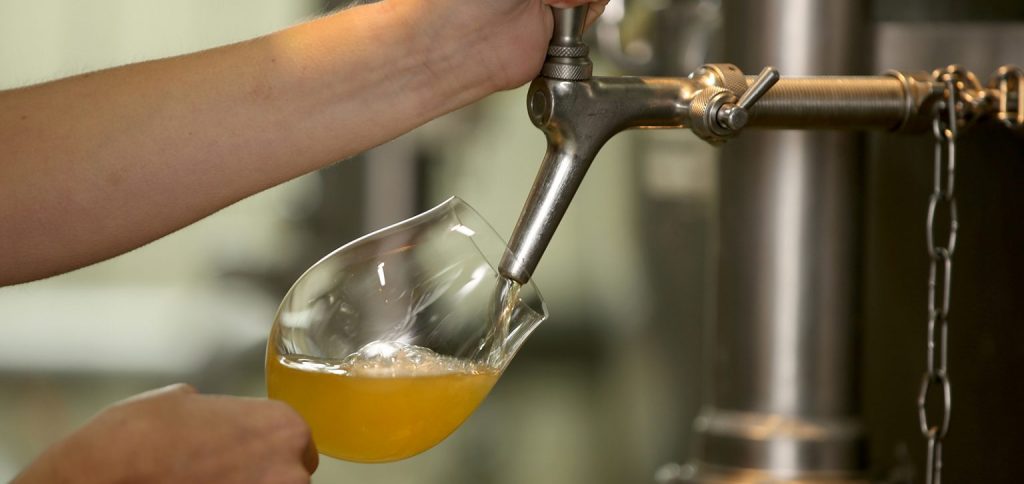Independent Brewers Association meeting: Family breweries bank on authenticity and regionality

The Independent Brewers Association held its annual meeting during drinktec, with key players from midsized private breweries gathering to discuss the current fiscal year, increased demand for regional quality beers and a shift in purchasing behavior among consumers.
Every year, the Independent Brewers Association surveys the brewery managers of its members to learn more about current market trends in the brewery sector. The organization, which comprises 39 independent family breweries from Germany, Austria, Luxembourg and the Netherlands, presented a summary of this year’s results at a drinktec event and shared ideas about future opportunities for its members.
Independent brewers face the challenge of growing pressure due to production costs
Important concerns facing brewery investors, who generally make a concerted effort to maintain beer culture, include investments, production costs, marketing structures, the definition of target groups, quality and packaging. Members of the Independent Brewers Association include such traditional companies as the Riegele brewery in Augsburg, Weldebräu from Plankstadt and the rural brewery Pyraser located near Nuremberg. They all have hopping operations and have achieved success in the craft beer scene. But they and the other brewery managers surveyed all had the same complaint: Production costs were putting their businesses under pressure. In a trend seen as positive by the family breweries, brewery managers also reported that current investments across the sector were higher than in previous years due to a rise in demand for quality beer among consumers.
Changing purchasing behavior calls for new marketing structures
Other findings from the Independent Brewers Association survey indicated that changes in consumer purchasing behavior necessitated a corresponding change in marketing structures. Michael Leibinger from the Max Leibinger brewery in Ravensburg stressed that the shift in current consumer behavior would increase along the lines of “good and cheap versus high-quality and expensive.” Elisabeth Rose from Schneider Weisse in Kelheim described this development as a “differentiated supply” where authentic beer specialties were gaining popularity while the market as a whole was weakening. She added that demand for smaller types of containers was on the rise. The decisive factor contributing to successful sales today was, however, creative solutions, the brewery managers concluded.
Creative thinking, authenticity and quality are defining factors for success
When it comes to beer varieties, creative thinking is needed. According to Christoph Barre from the Ernst Barre brewery, yesterday’s classic beer drinker was a thing of the past: “In the future, it will be increasingly important for brewers to define their own target groups.” Yet Barres and his colleagues agreed the key to success was a top-quality product portfolio that suited the particular brand. “Authenticity in the form of transparent quality across the board will form the foundation for our industry’s future,” said Sebastian Priller-Riegele from the Riegele brewery. The trend toward regional specialty beers, with their ties to specific localities and the associated cultures and traditions, has raised the profile of family breweries significantly.
The 39 independent breweries in the association also confirmed the newly developing dynamic in the international beer market. The breweries saw the coming year in the brewery sector as decidedly positive on the whole.
